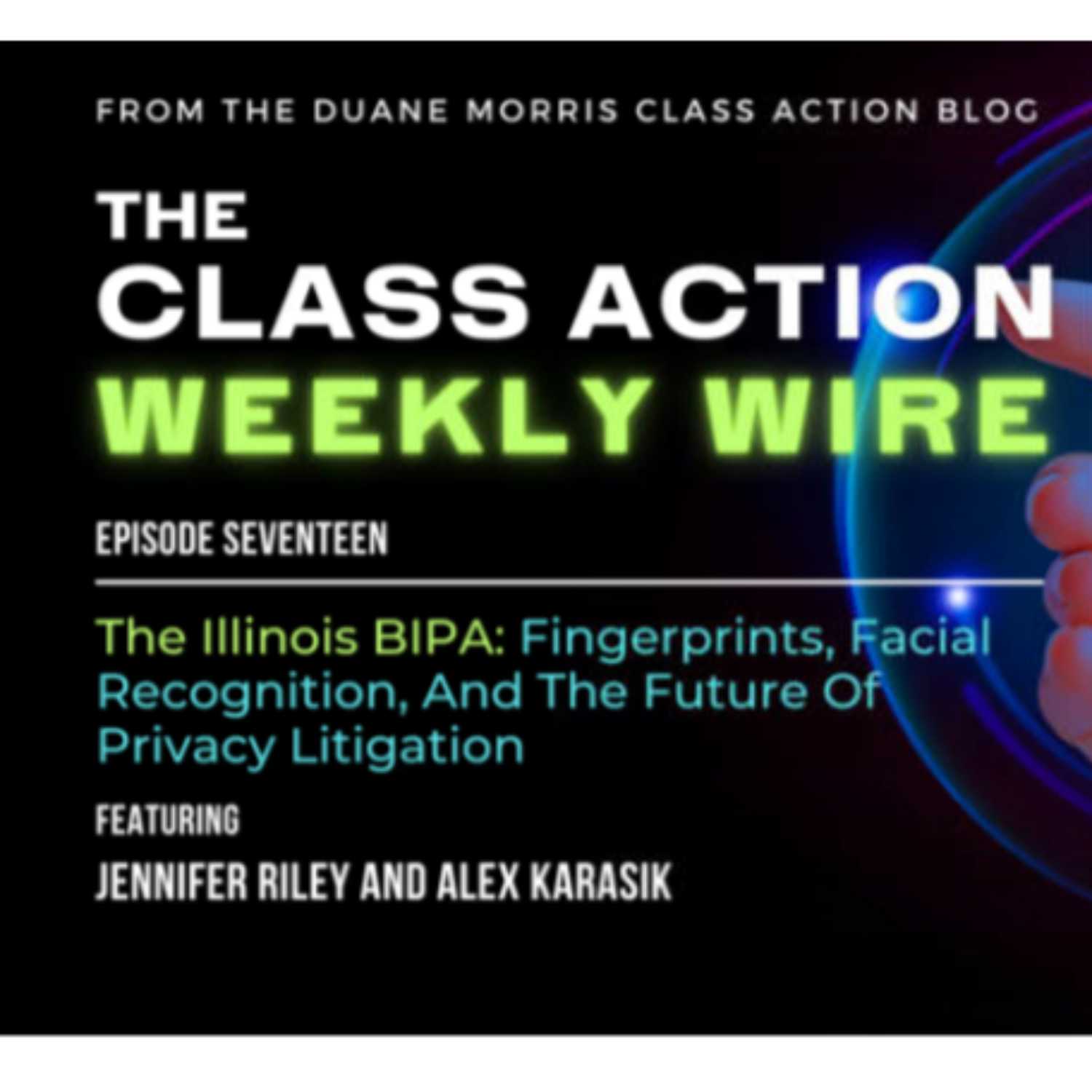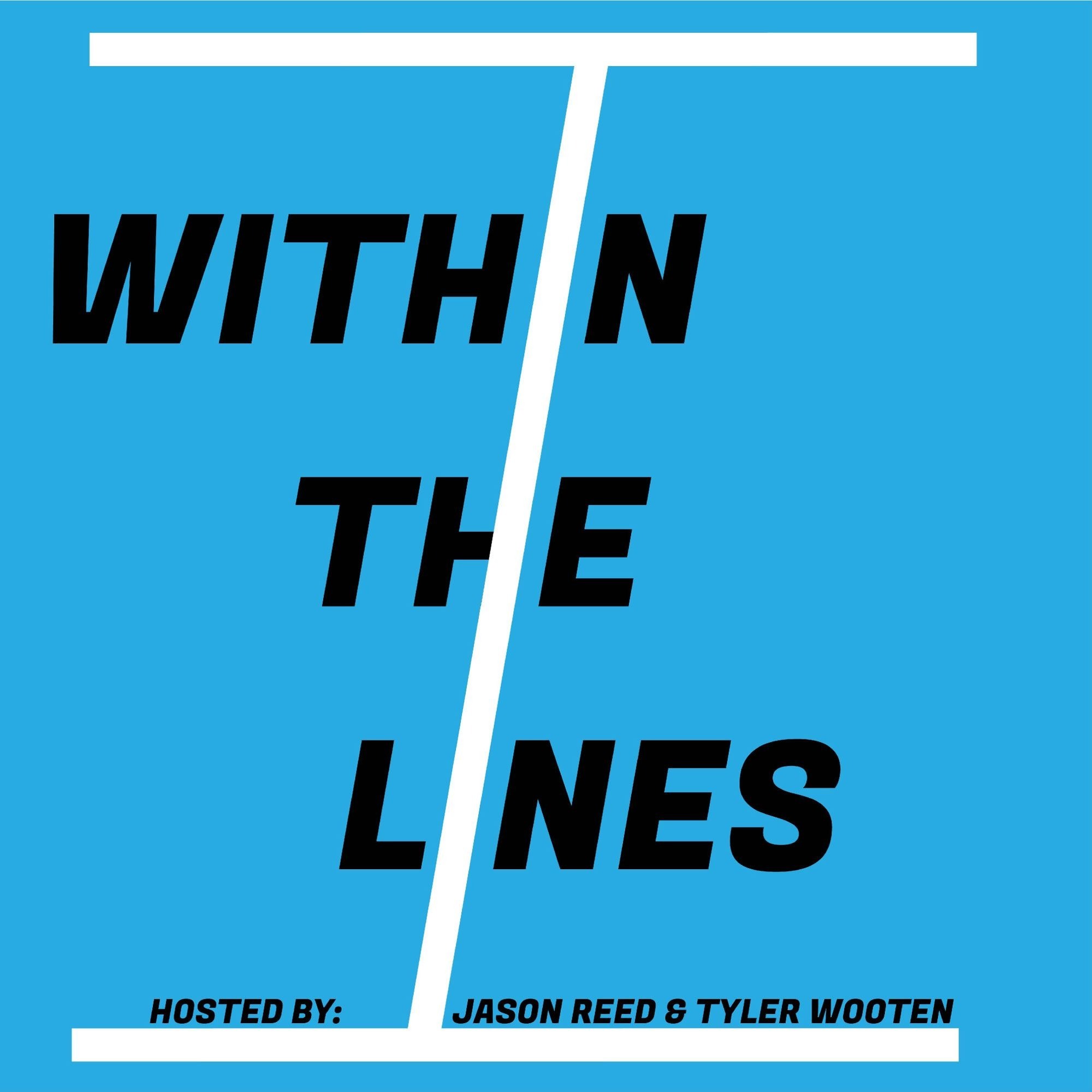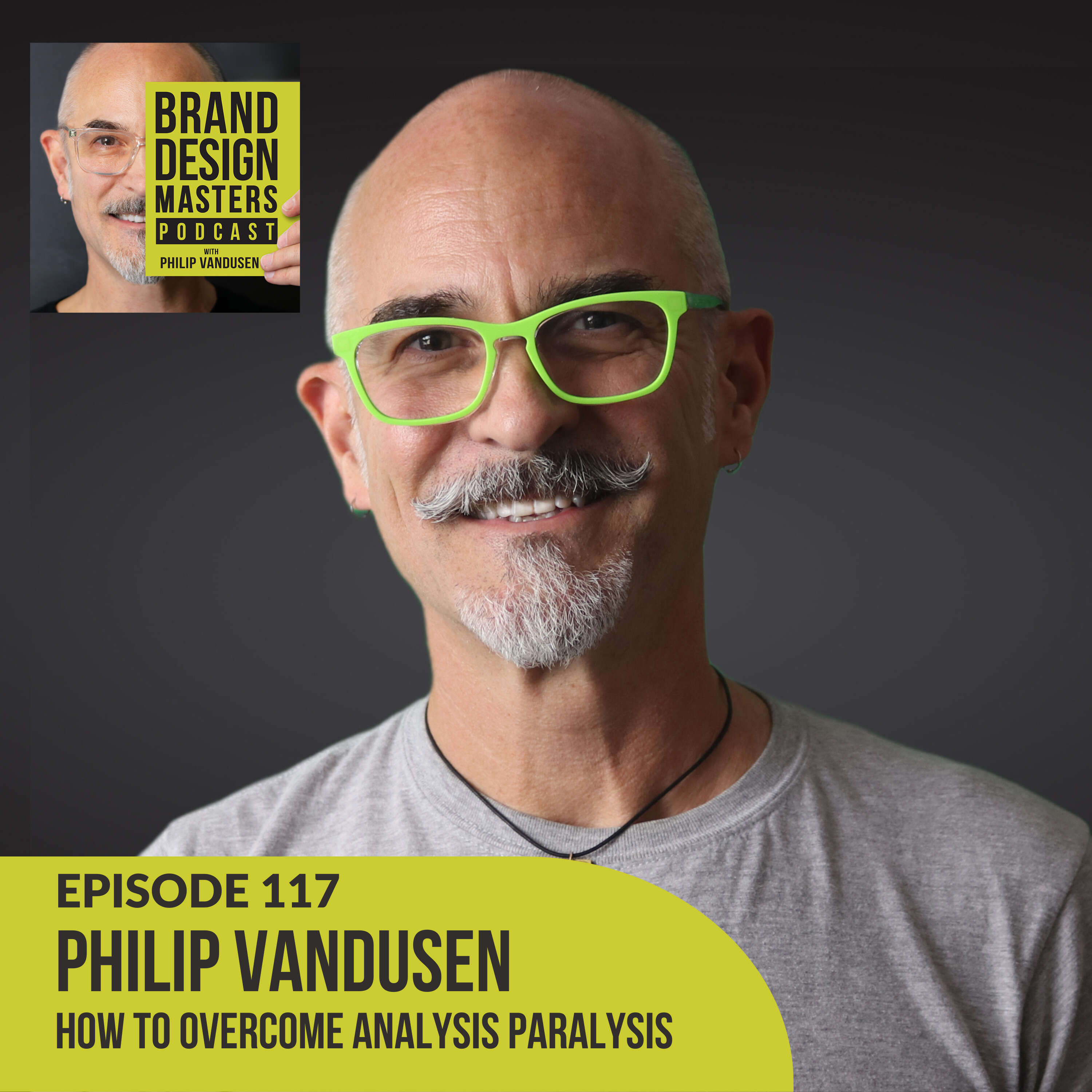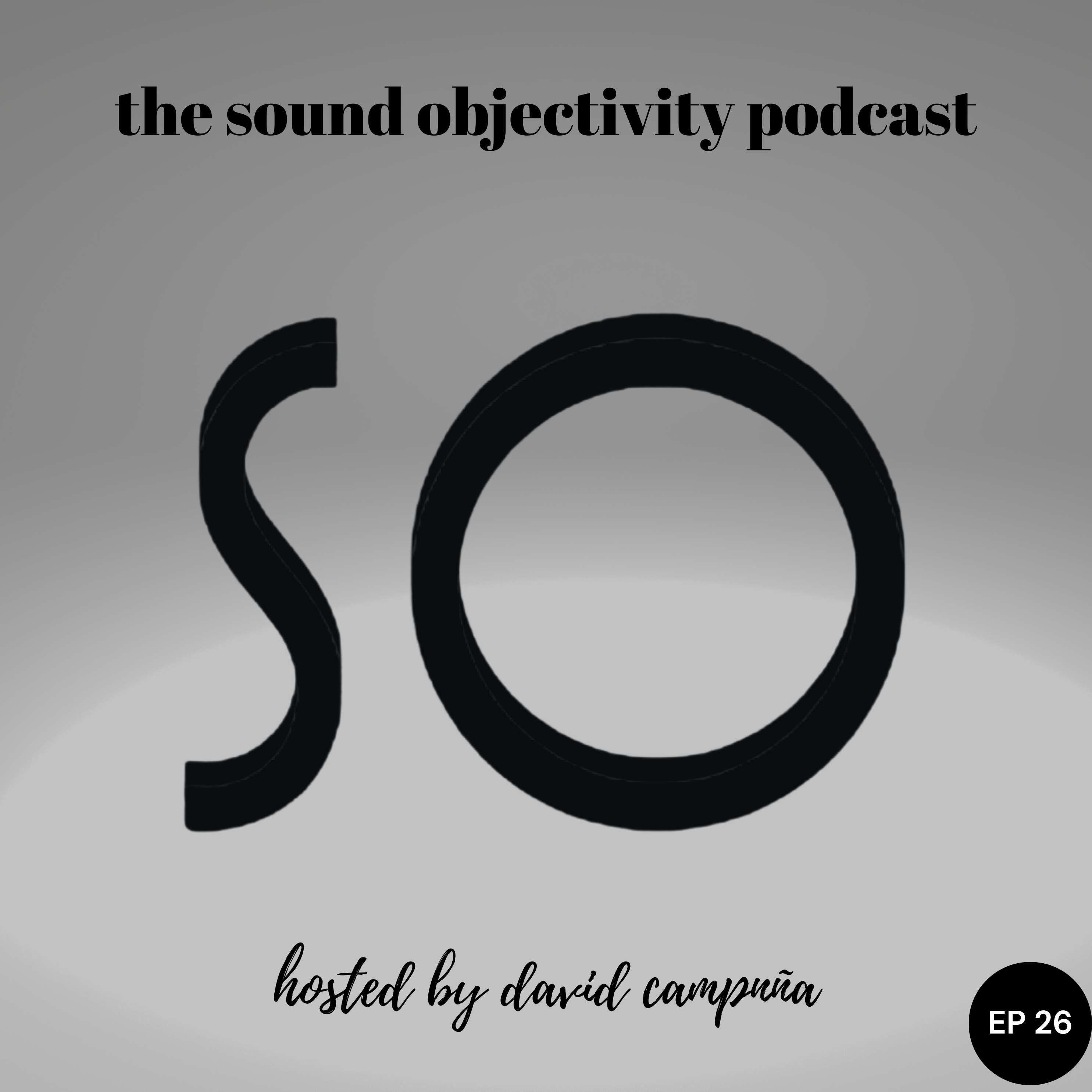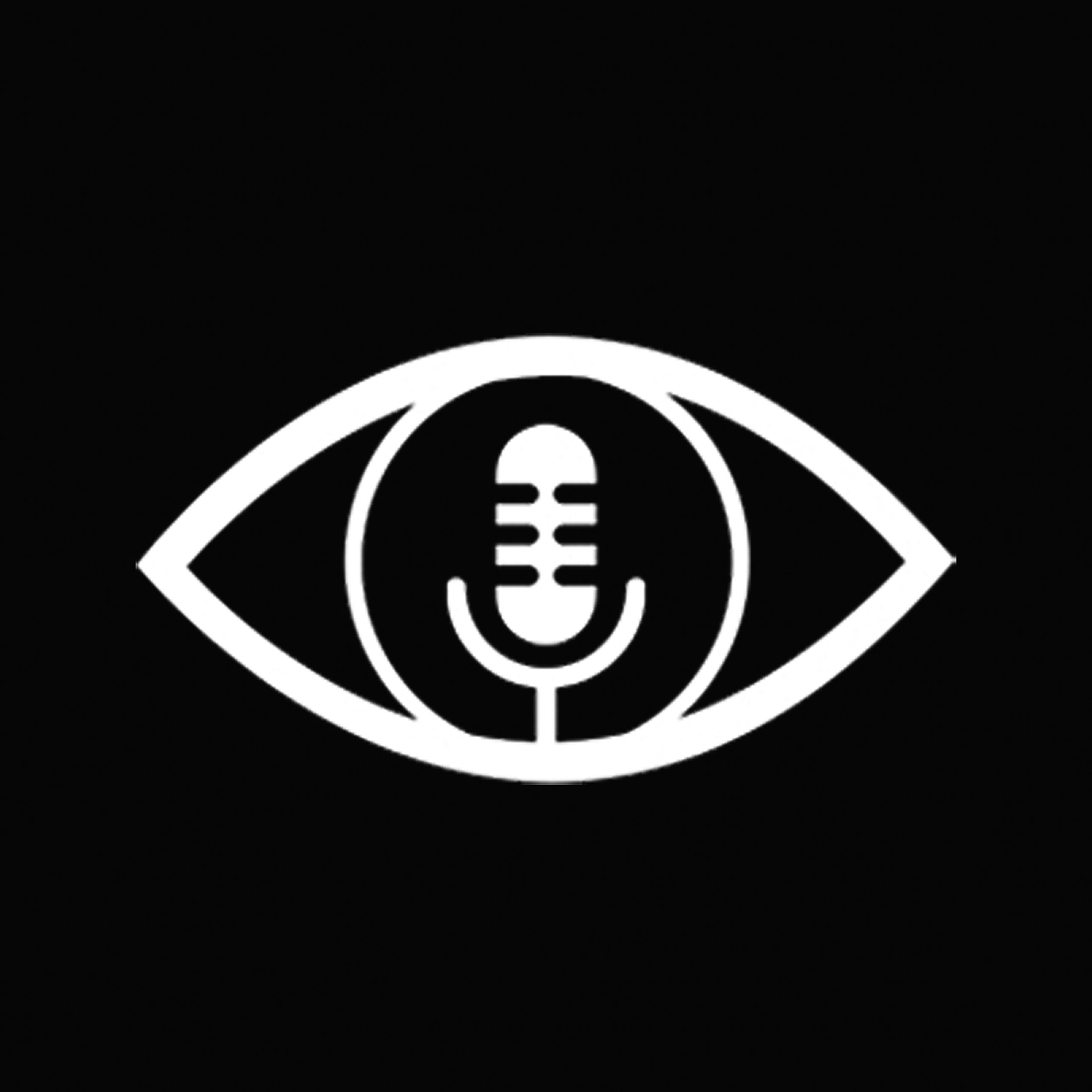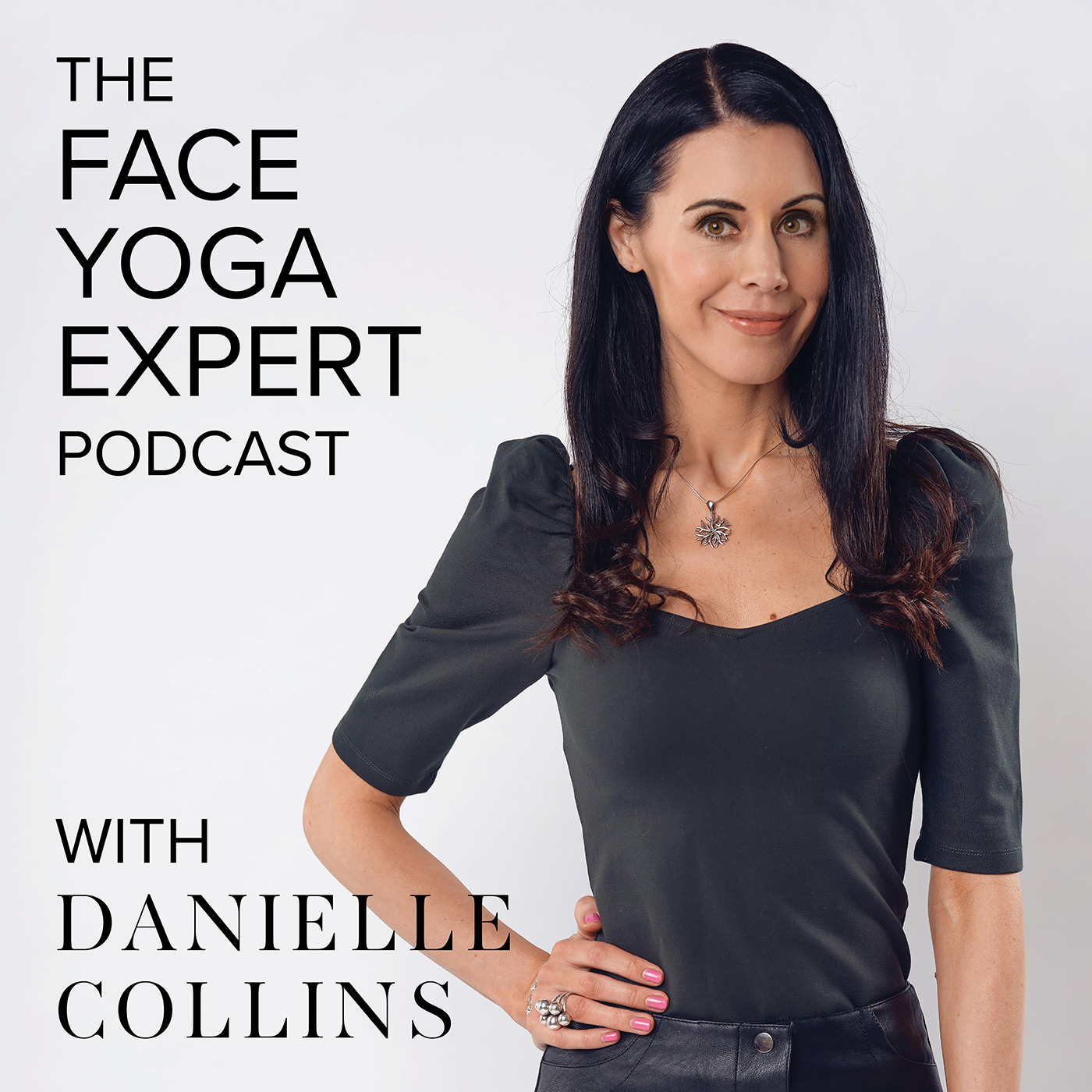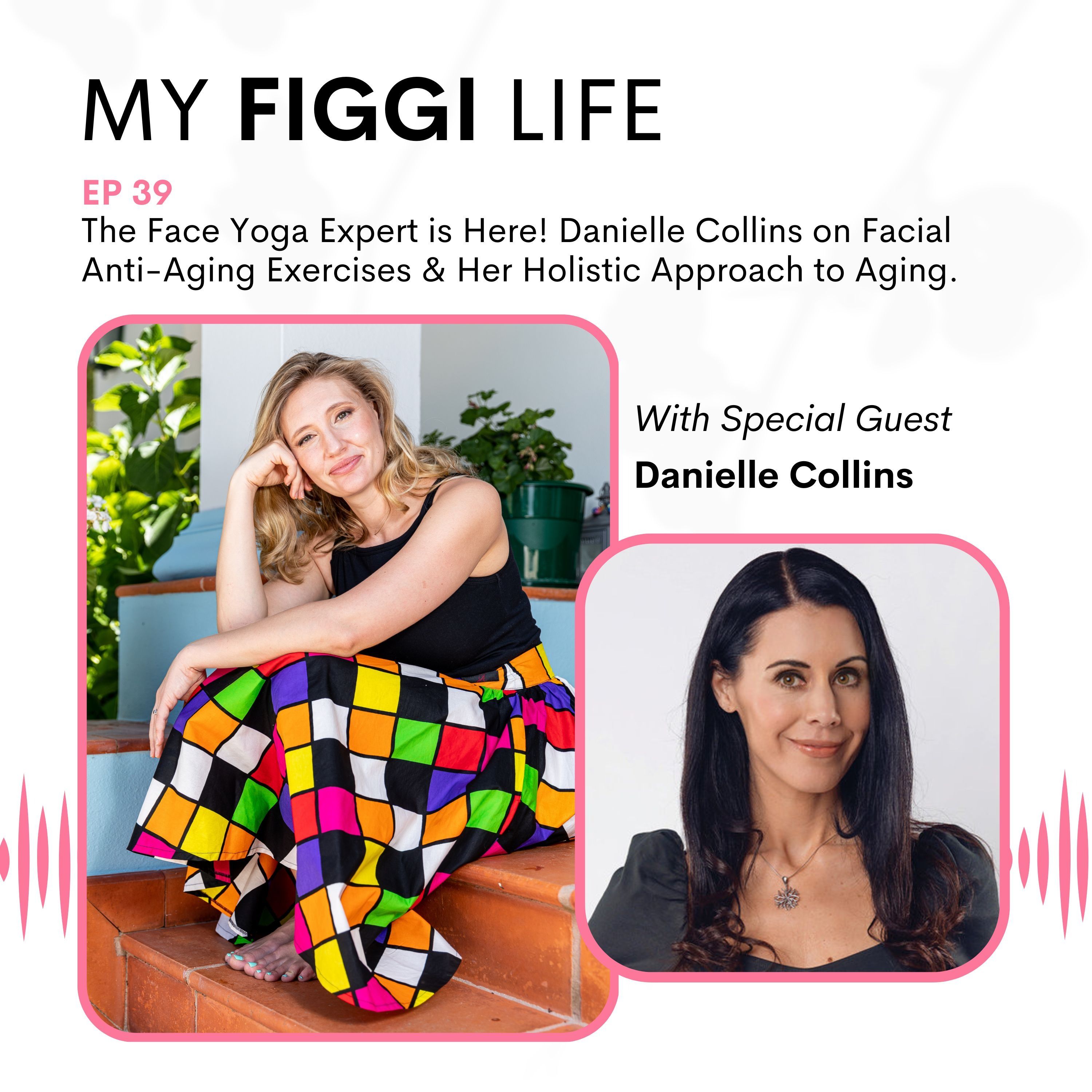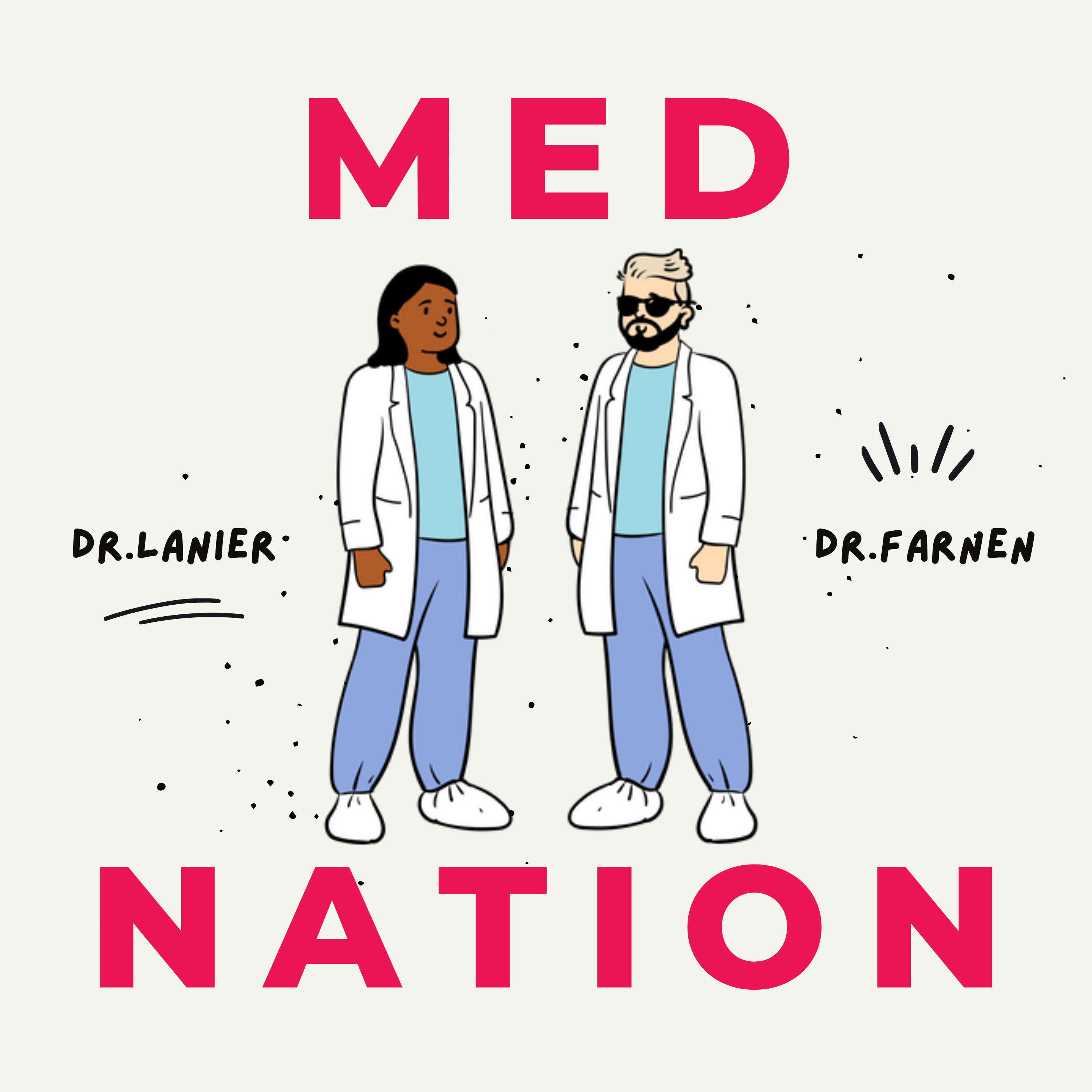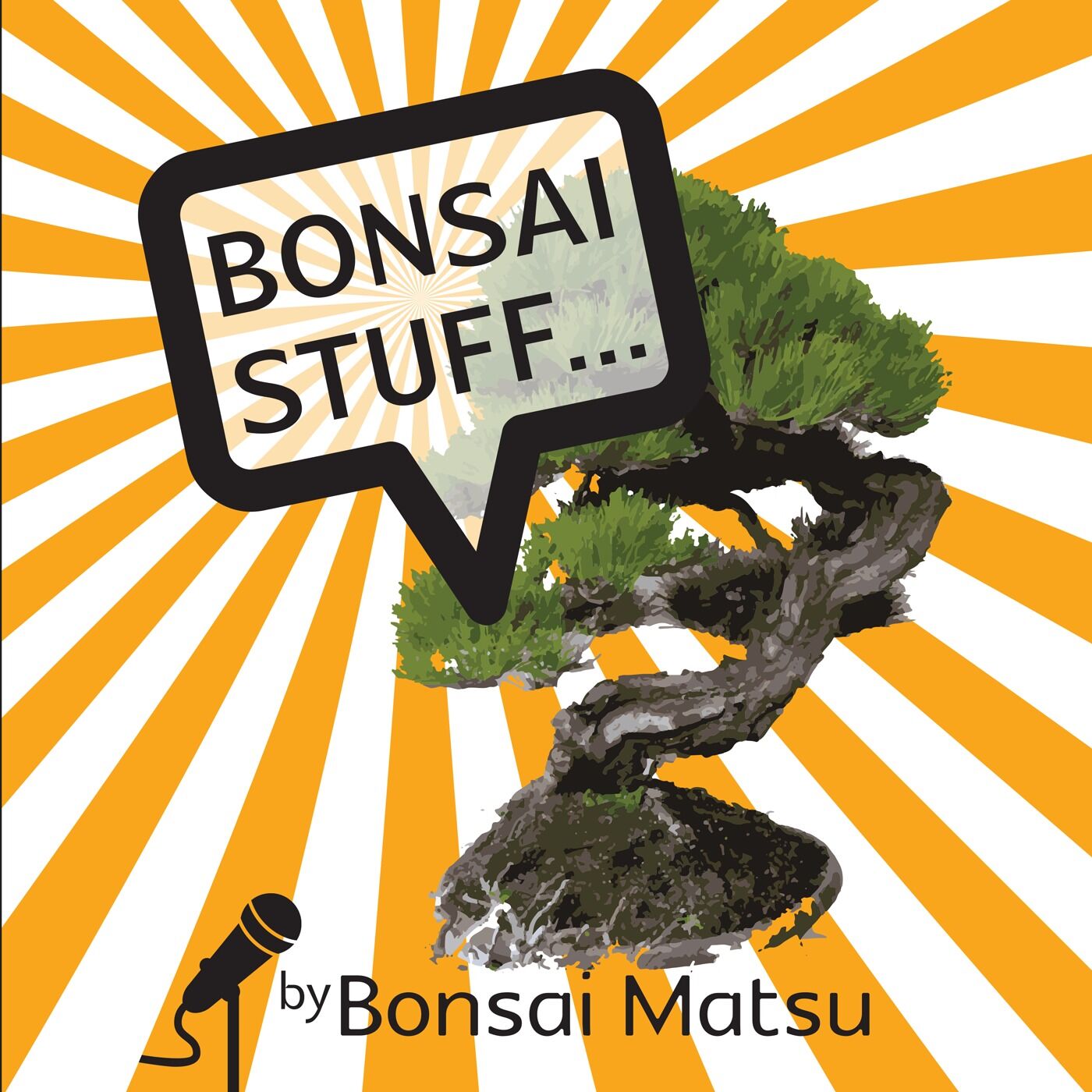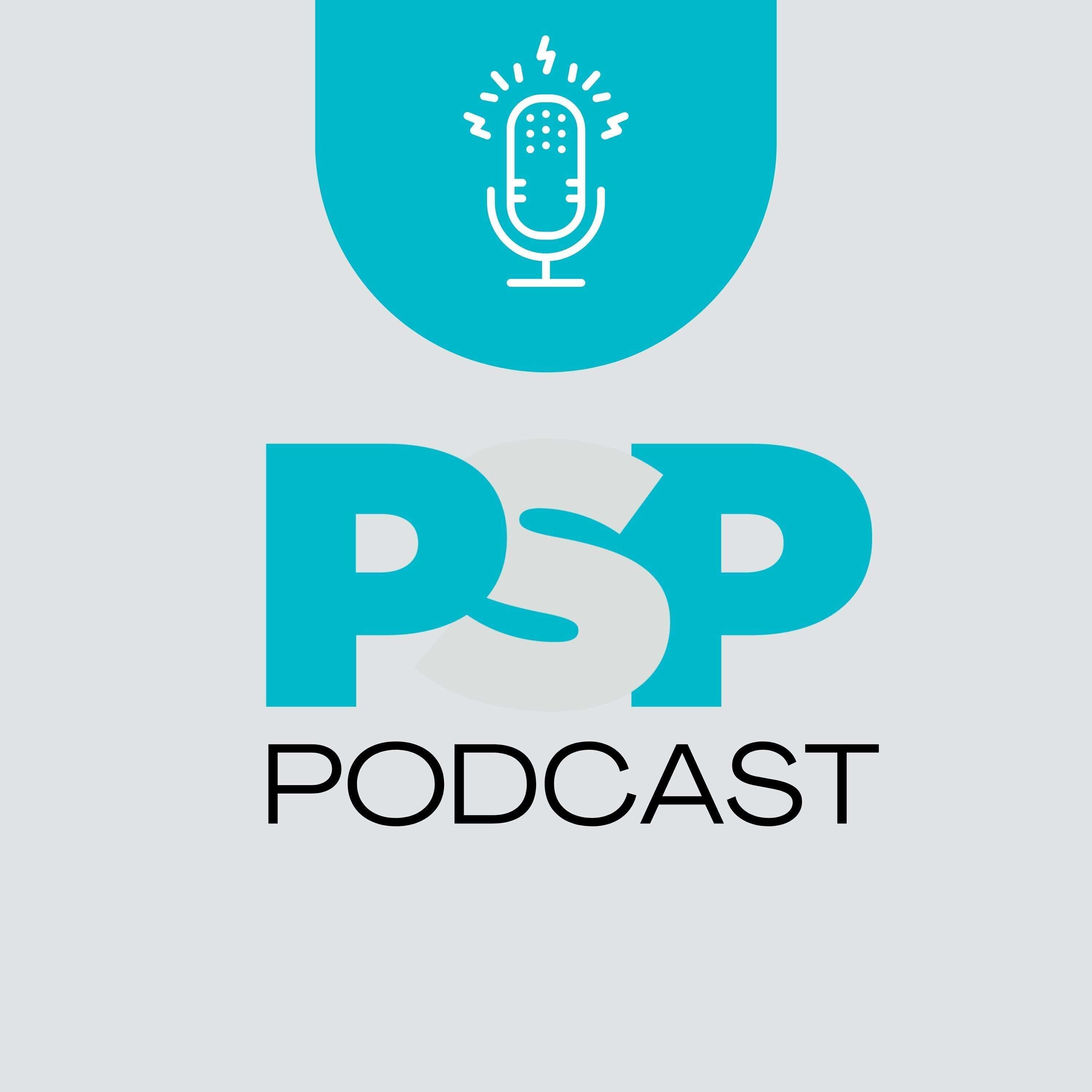Dr Babak Azizzadeh on Facial Paralysis
In this podcast, we look at facial paralysis, facial reconstruction, and the role of the plastic surgeon, Babak Azizzadeh, MD, FACS, a double-board certified facial plastic and reconstructive surgery, specializing in the field. In this episode: Founder and director of The Facial Paralysis Institute and associate clinical professor at the David Geffen School of Medicine at UCLA, Azizzadeh shares how it was a family friend’s experience with facial paralysis while he was doing his residency that sparked his passion for this subspecialty. Most of the time, Azizzadeh explains, we don’t think about the 17 muscles on either side of our face—the ones that allow us to express ourselves and control how our mouth for eating and speaking and opening and closing our eyes. The brain and the facial nerve work together seamlessly. But when there is an injury, virus, inflammation, infection, or tumor that interrupts that nerve, the face can stop working normally—and that is when facial paralysis can set in. Azizzadeh explains the role of the facial plastic surgeon in managing facial paralysis. He talks about how most plastic surgery is about creating some improvement in symmetry or static procedures, like face lifts. Facial paralysis, on the other hand, requires more dynamic reconstructive efforts to allow the patient to, for example, “smile more naturally, emotionally, and more instinctually, according to Azizzadeh. In his breakdown of the procedures in his armamentarium, Azizzadeh explains that no two patients present the same. Facial paralysis, however, can be broken down into two categories which come down to zero activity and some activity. He explains how length of paralysis affects surgical choices and how muscles from other parts of the body can be used introduced where facial muscles have atrophied. For patients experiencing facial paralysis caused by Bell’s Palsy, Azizzadeh explains how he is using Botox and physiotherapy to improve patient’s facial movement. And then, Azizzadeh talks about his own pioneering work in the field, including his surgery called selective neurolysis to help patients regain the ability to produce natural facial expressions. PSP


